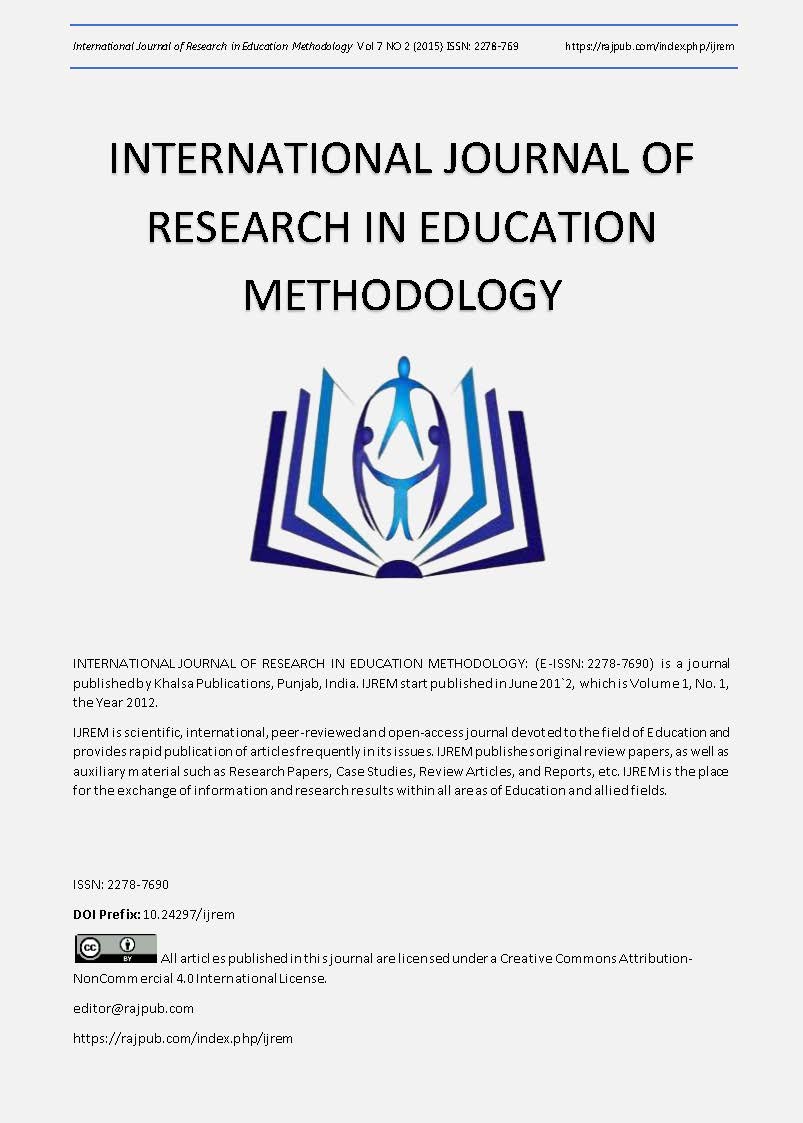Prediction of Early Neonatal Infection in Pregnancies with Prelabour Rupture of Membranes
DOI:
https://doi.org/10.24297/ijrem.v7i2.3847Keywords:
Early Onset Neonatal Infection, Maternal Markers, Pre-Labour Rupture of MembranesAbstract
Background: The uncertainty of predicting which pregnancies will have early onset neonatal infection (EONI) with prelabour rupture of membranes (PROM) is a challenge to obstetricians because presence of this condition impacts the decision to do expectant or active management of the case. The most common maternal markers of infection used in our practice are C-reactive protein, white blood cell count, and amniotic fluid glucose concentration.
Objective: The primary objective of the study is to evaluate the accuracy of measuring C-reactive protein and leukocytes in maternal serum and amniotic fluid glucose concentration to predict early onset neonatal infection. The secondary objective of the study is to determine maternal fetal outcome in pregnancies with prelabour rupture of membranes.
Material and methods: This prospective cross-sectional study enrolled 170 pregnant patients who experienced prelabour rupture of chorioamniotic membranes.. The maternal serum and amniotic fluid samples were taken at admission and later used to analyze whether/how the test results were a predictor of early onset neonatal infection.
Results: Â C-reactive protein concentrations were significantly associated with early onset neonatal infection. Maternal CRP had 92.0% sensitivity and specificity of 62.8 % for predicting early onset neonatal infection. Maternal serum white blood cell count and amniotic fluid glucose concentrations estimation after pre-labour rupture of membranes showed poor predictive value in neonatal early onset infection.
Conclusion: C-reactive protein was more sensitive in predicting Early Onset Neonatal Infection than either white blood cell count or amniotic fluid glucose concentration.
Downloads
Downloads
Published
How to Cite
Issue
Section
License
 All articles published in Journal of Advances in Linguistics are licensed under a Creative Commons Attribution 4.0 International License.
All articles published in Journal of Advances in Linguistics are licensed under a Creative Commons Attribution 4.0 International License.








